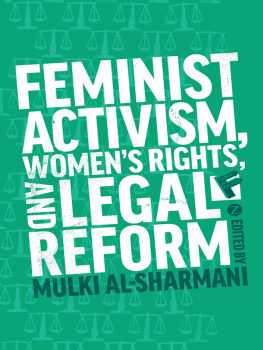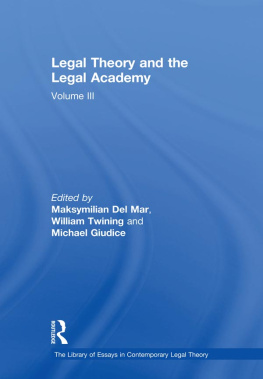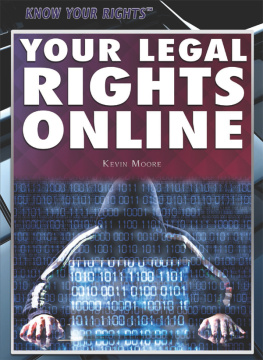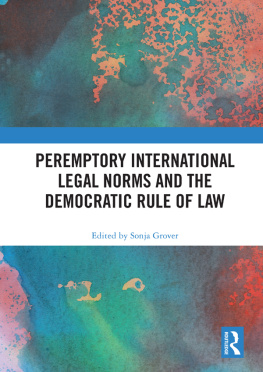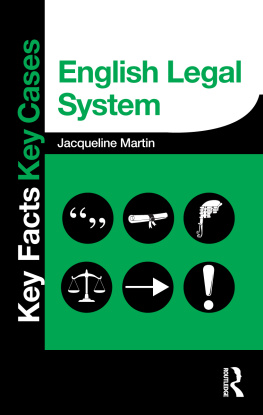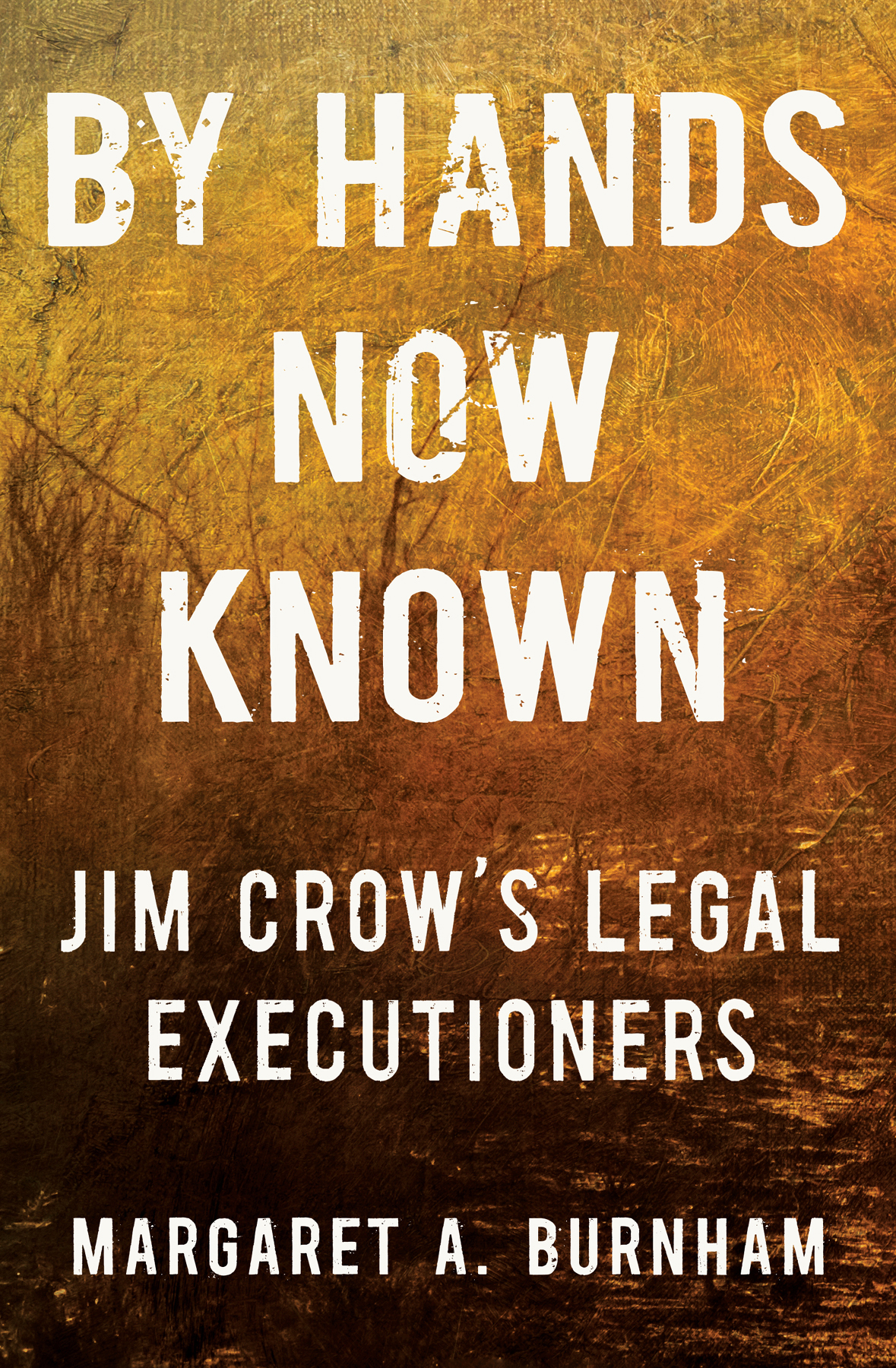Contents
Guide
Page List
BY HANDS
NOW KNOWN
JIM CROWS LEGAL EXECUTIONERS
MARGARET A. BURNHAM
In honor of my parents, Louis Everett Burnham and Dorothy Challenor Burnham, whose gift to me was this cause
CONTENTS
The Black Man Is a Person Who Must
W. E. B. DuBois
I n June 1944, a person named Sam Rayburn sent a letter to the New York office of the National Association for the Advancement of Colored People about a death in Donalsonville, Georgia. An elderly Negro woman had been examining a can of oil at a general store. The white man in charge told her to put the can down. She did so, then turned, perhaps on her heels, and left. The man, whose age Rayburn put at about twenty, followed her from the store onto the street and beat her with an ax handle, causing her death. Rayburn, the letter writer, did not name the victim or the perpetrator, but did say it was rumored that the white man had been arrested and promptly released. Donalsonville, the letter continued, is a small town completely icolated Please interceed . A lawyer for the NAACP, likely overworked, advised Rayburn to look to local authorities or Georgias governor, Eugene Talmadge, for an investigation.
Rayburns letter was all that kept this incident from disappearing into thin air. It never made it into any newspaper or historical account. Remaining a mystery is the name of the killer, although the extant legal records allow us to say with some confidence that he was never prosecuted. We know nothingnot the race nor the genderof Sam Rayburn. In 2020, researchers learned that the victim was one Ollie Hunter, that she was in her midsixties, and that she was likely single when she was killed. If there was any legal process in Donalsonville, it appears not to have been preserved. The case never reached federal authorities.
Scanty though the facts are, they suggest how lethal, for women and for men, the most commonplace encounters under Jim Crow could be. And they tell us something about the role of law, for they suggest that the dispute mechanisms that are at the heart of the countrys sense of exceptionalismreliance on neutral laws and evidence-based determinationsyielded to a strikingly different system under Jim Crow. What cultural norm did Ollie Hunter violate? Did she curse the store manager? Throw the can onto the counter? Exit the store too quickly? Was there bad blood between the two? Who was the killer? Did he raise his family in Donalsonville after the murder? Did his descendants remain there? Who were the local journalists who deemed the case too trivial to report? The prosecutor who, so far as we can tell, let the case die? We are left to speculate on details and motives, but what we do know about the slaying tells us a great deal about the role of direct, physical violence in sustaining Jim Crow. Based on these facts, at that time and place, the transgressor was the Black elderly woman, not the young white grocer, and her sentence was death.
Although much has been written about the South in general and southern Jim Crow in particular, the system of white supremacy that prevailed between the late nineteenth and mid-twentieth century is ancient history for the current generation. They may recognize the names Rosa Parks and Fred Shuttlesworth, and know something about lynching, but they likely have little sense of the quotidian violence that shaped routine experiences like grocery shopping and tied the nations legal institutions to its racial culture. Much of that history was never preserved. The chronic, unpredictable violence that loomed over everyday Black life, dictating the movements and postures of white storeowners and Black customers, is what sustained Jim Crow for over half a century. Conflating private and public authority, and immunizing whites who served as its unofficial policemenlike the grocerJim Crow blurred the lines between formal law and informal enforcement. C. Vann Woodward captured this in his 1955 classic, The Strange Career of Jim Crow: the Jim Crow laws put the authority of the state or city in the voice of the street car conductor, the railway brakeman, the bus driver the hoodlum of the .
Although closely correlated with life in the postbellum South, Jim Crow took different forms across the country, embedded in culture, articulated in law, and entrenched in politics. Often portrayed as defining a strictly dualistic system with segregation on the one hand and integration on the other, Jim Crow was as pervasive in northern spaces where no signs demarcated racial positioning as it was in southern spaces where the races rubbed elbows but occupied different worlds. It was not so much tied to a geographical place as it was a national project, supported not just by the violence of the locals but by a national legal system that endorsed and sustained a missionary commitment to a future of perpetual white rule.
While researchers have examined the history of the Jim Crow regime and its contemporary footprint, particularly in the realm of criminal justice, the erasure of important parts of this narrativeOllie Hunters case and those like itleaves us with crucial gaps in our understanding of the period. Using newspaper accounts, courtroom testimony, legislation, and judicial rulings, By Hands Now Known addresses those gaps. It seeks to illuminate how direct physical violence, a defining feature of Jim Crow, shaped the legal terrain in the South during the first half of the twentieth centurytransforming, in fundamental ways, concepts of federalism, citizenship, and democratic rights and privileges. Neither sporadic nor irrational, but rather inescapable and uncontrolled, the violence was a marker of legal personhood and freedom. Its ideologies and constructionsof racialized masculinity, of Black pain, suffering, and silence, of color-coded public spaces, of southern redemptionhave endured into the present. As a uniquely American phenomenon, the mob violence that riddled the southern landscape from Appomattox until World War II indubitably epitomized racial vulnerability. But the national obsession with lynching has also obscured the mundane, largely hidden violence that, while it lay at a different point on the spectrum, was equally essential to Jim Crow. Twice erased is the murder of Ollie Hunter: submerged, seamlessly, into the landscape of southern life at the moment of her death, and then omitted, brutally, from historical accounts of the period.

THE EARLY TO MID-TWENTIETH CENTURY was a critical period in solidifying white supremacy and incorporating its premises into legal codes and practices. This study of the Jim Crow legal system examines the experiences ordinary citizens had with police, prosecutors, and courts. It draws on cases, some well known and many, like that of Ollie Hunter, newly discovered, that have been collected by researchers at Northeastern University and the Massachusetts Institute of Technology under my direction and that of MIT political scientist Melissa Nobles, my research partner. In 2007, Nobles and I set out on a journey to unearth this forgotten history of racially motivated homicides, for the families, of course, but we also wore our scholars hats as we did the work. Without these accounts, we thought, we could not fully map the Jim Crow system in the United States, or grasp how it seeped deep into the interstices of the US legal system, or the precise content of its residue today. Without them we could not measure the scope and nature of authoritarianism in the southern states, or the patterns and dynamics of Black resistance.


